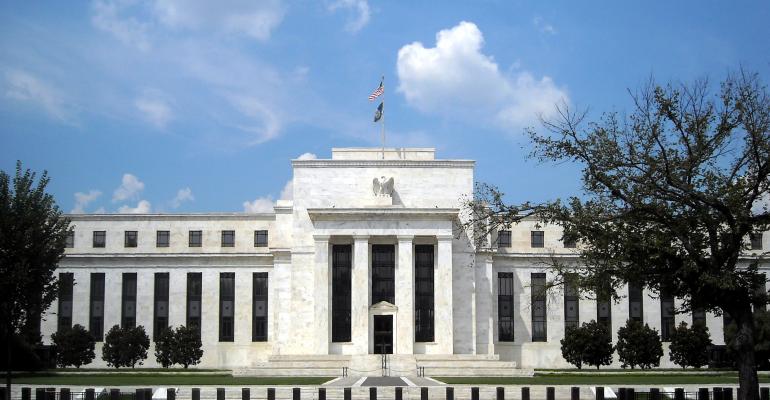As we begin 2014, investors are faced with two paramount questions: (1) what will the Federal Reserve do; and (2) how should they react to what the Federal Reserve does? Neither question is particularly easy to answer, but we can make some reasonable judgments about both of them.
What Will Federal Reserve Do?
The Federal Reserve answered the first question on Dec. 18 when it announced that it would begin tapering its quantitative easing policy sometime in the first quarter of 2014. The S&P 500 rallied by 29.65 points (1.66 percent) after the announcement. Investors appeared to read the Federal Reserve’s decision as an indication that the economy is strengthening and should support higher stock prices. The Federal Reserve’s balance sheet is now $4 trillion (in round numbers) and should reach somewhere in the vicinity of $4.5 trillion before it stops monetizing the deficit. While investors greeted the news of tapering with open arms, they shouldn’t forget that the annual federal deficit has only temporarily dipped below $1 trillion and will soon return to that number if interest rates normalize or entitlement spending is not reformed.
While correlation isn’t causation, there’s been a roughly 90 percent correlation between the growth of the Federal Reserve’s balance sheet and the rise in the S&P 500 since 2009. Now that the growth in the Federal Reserve’s balance sheet is certain to slow, investors have to ask whether the S&P 500 will continue to rise as it has over the last five years. While stock prices aren’t generaly considered expensive, they’re certainly not cheap and have undoubtedly been abetted by the Federal Reserve’s policies. As those policies change, it’s arguable that less money will flow into stocks, which could lead to a sell-off (it’s not a certainty because investors could shift funds out of bonds into stocks to make up the difference for some period of time). Because of the fact that valuations aren’t extreme except in certain pockets of the market (some technology and Internet-related stocks), any sell-off triggered by Federal Reserve actions should be limited to no more than 5 percent to 10 percent.
There’s no guarantee, however, that stocks won’t sell off more severely as the Federal Reserve changes policy. As Randall Forsythe noted recently in Barron’s, every market crisis over the past 40 years was associated with a tightening in Federal Reserve policy. That alone should keep investors on their toes. Even worse, each succeeding crisis has been more severe than the last. While the financial markets and global economy appear calm on the surface, there are destabilizing imbalances at work underneath. As long as the markets live by the sword of the Federal Reserve, they’re subject to dying by that same sword. Janet Yellen and her colleagues are facing an epic challenge that’s rarely if ever been achieved: tightening monetary policy without roiling markets. Betting on that outcome would be imprudent.
How to Invest?
Investors are then left with answering the question of how to invest in such a scenario. The answer is to invest in equities that are reasonably valued, which means those trading at less than 80 percent of the current price/earnings multiple. They should reduce their holdings in any types of investment grade-rated bonds, including municipal bonds and Treasuries. Those bonds – particularly ones with maturities of over seven years – are likely to produce another year of negative returns in 2014 (as they did in 2013). Investors who can access alternative strategies that engage in true hedging should do so. What investors should not do, above all, is expect a re-run of 2013. History may rhyme, as Mark Twain said, but it doesn’t rhyme in couplets.





